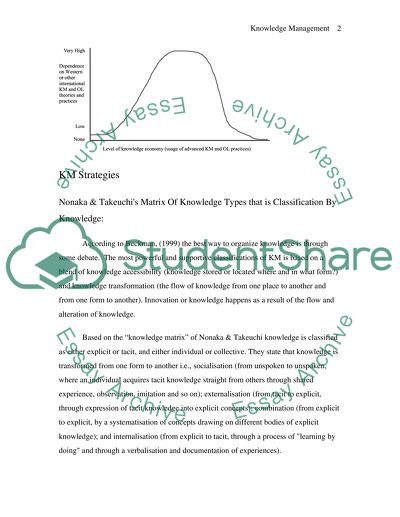Cite this document
(“Information, Knowledge and Learning Organisation Essay”, n.d.)
Information, Knowledge and Learning Organisation Essay. Retrieved from https://studentshare.org/miscellaneous/1516334-information-knowledge-and-learning-organisation
Information, Knowledge and Learning Organisation Essay. Retrieved from https://studentshare.org/miscellaneous/1516334-information-knowledge-and-learning-organisation
(Information, Knowledge and Learning Organisation Essay)
Information, Knowledge and Learning Organisation Essay. https://studentshare.org/miscellaneous/1516334-information-knowledge-and-learning-organisation.
Information, Knowledge and Learning Organisation Essay. https://studentshare.org/miscellaneous/1516334-information-knowledge-and-learning-organisation.
“Information, Knowledge and Learning Organisation Essay”, n.d. https://studentshare.org/miscellaneous/1516334-information-knowledge-and-learning-organisation.


